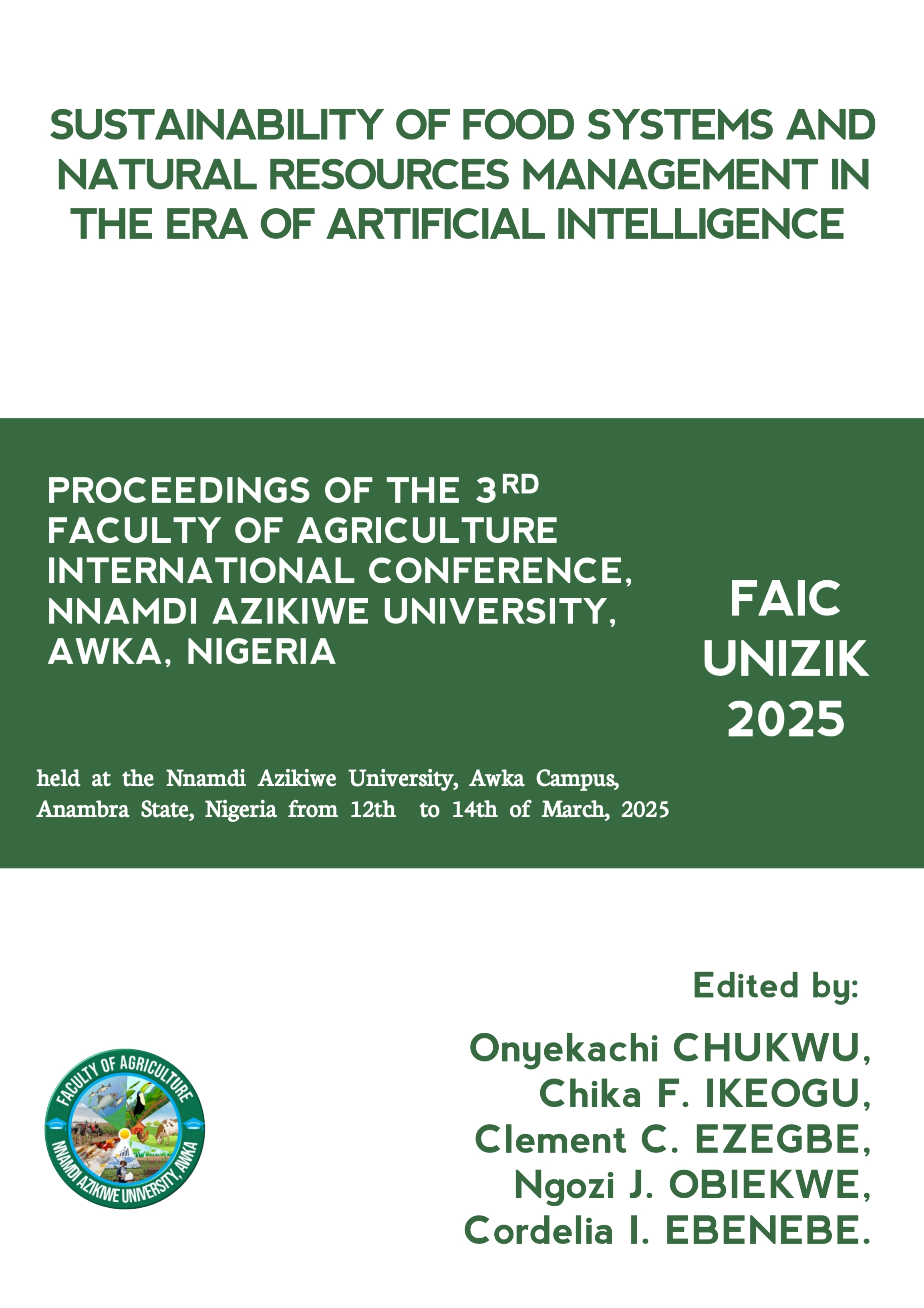Roles of Forest Biometrics in Carbon Sequestration Strategies
DOI:
https://doi.org/10.5281/432sqe84Keywords:
Forest biometrics, Carbon sequestration, Climate change, Monitoring, Remote sensingAbstract
Forest biometrics is the science of forest measurement. It encompasses the quantification of biological and physical characteristics of trees and associated vegetation, insects, disease, wildlife, topography, soils and climate individually and collectively. Forest biometrics which is also the science of measuring and analyzing forest attributes such as tree growth, biomass and carbon content is essential for quantifying and optimizing the carbon sequestration potential of forests stands. Despite its potential, forest biometrics faces challenges which need to be addressed. This paper explores the roles of forest biometrics in carbon sequestration strategies, its applications in measuring carbon stock, monitoring forest growth, guiding sustainable forest management, and informing climate policies. This paper also underlines the importance of forest biometrics in enabling effective carbon sequestration strategies and combating climate change and therefore recommends that there should be an investment on advanced technologies such as remote sensing to improve the accuracy and efficiency of forest carbon measurements. Strengthen capacity building and training for forest managers, researchers, and policymakers in the use of biometrics tools and techniques.





